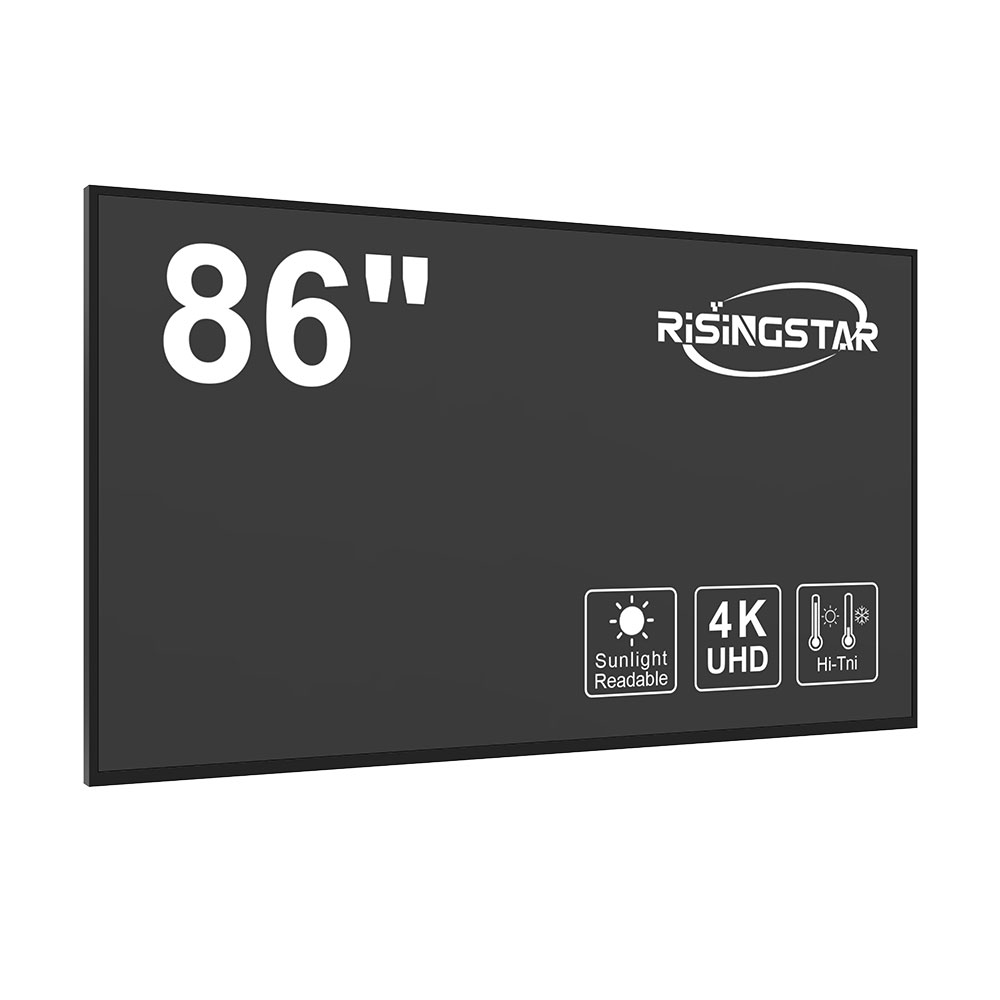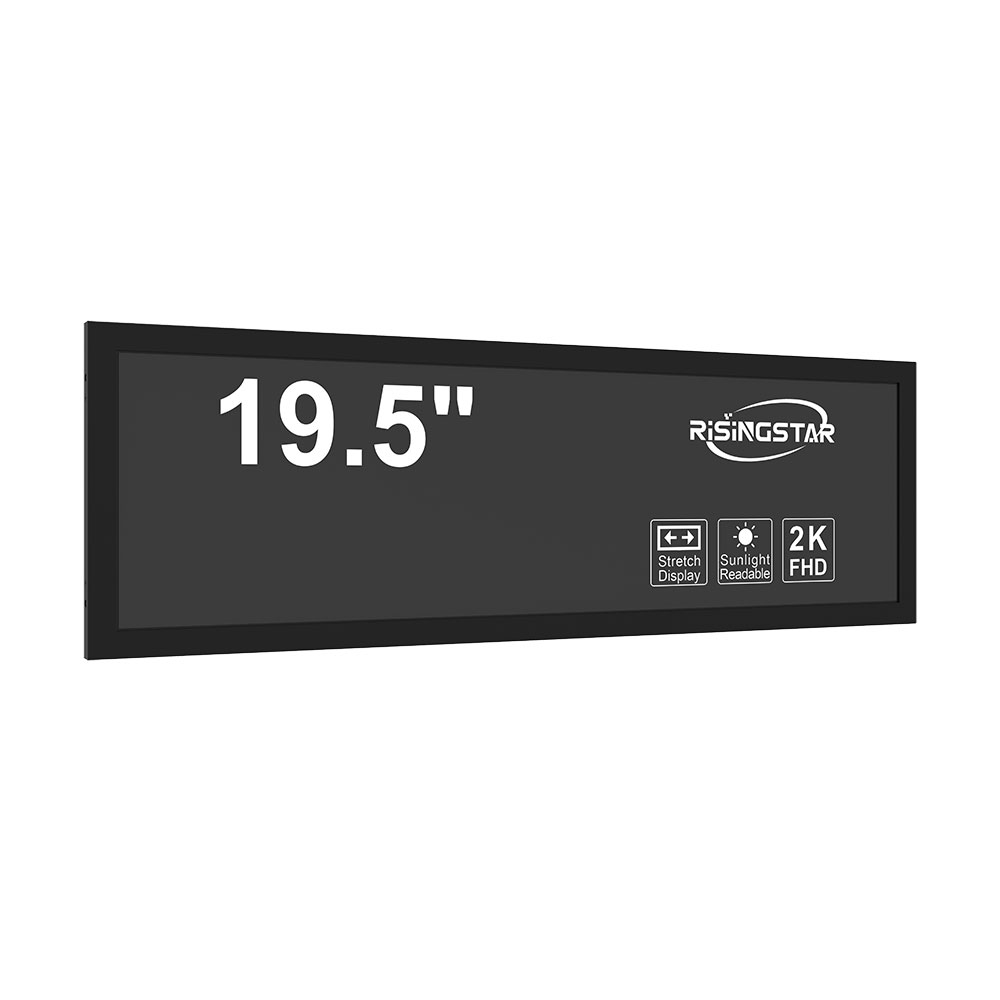- Home
- About Us
- Products
- News
- Video
- Contact
- Send Inquiry
Search
- Home
- About Us
- Products
- News
- Video
- Contact
- Send Inquiry

Selecting the right outdoor LCD screen for high-brightness applications is a critical decision that impacts visibility, energy efficiency, maintenance costs, and overall user experience in environments such as transportation hubs, retail kiosks, sports stadiums, and public information displays. According to the International Electrotechnical Commission (IEC), outdoor digital signage must meet minimum luminance standards—typically 5,000 cd/m² for direct sunlight conditions—to ensure readability under varying lighting conditions. This requirement underscores the importance of choosing a display with sufficient brightness and appropriate technology.
The most common types of outdoor LCD screens include LED-backlit LCDs, OLEDs, and microLED displays. Among these, LED-backlit LCDs remain the dominant choice for cost-effective, reliable high-brightness solutions. A study by Display Supply Chain Consultants (DSCC) in 2023 revealed that over 78% of outdoor digital signage installations globally use LED-backlit LCD panels due to their robustness, scalability, and power efficiency. These screens often feature anti-glare coatings, IP65 or higher ingress protection ratings, and wide temperature tolerance (from -30°C to +60°C), making them ideal for harsh weather exposure.
When selecting an outdoor LCD, key technical parameters must be evaluated: brightness (measured in nits), contrast ratio, viewing angle, and refresh rate. For instance, in a busy airport terminal, a screen with at least 7,000 nits brightness ensures legibility even under midday sun. Additionally, manufacturers like Samsung, LG, and Sony offer proprietary technologies such as HDR (High Dynamic Range) and adaptive brightness control that optimize performance based on ambient light levels—a feature supported by IEEE Standard 1789 for smart lighting systems.

Environmental durability is another critical factor. The National Weather Service (NWS) reports that outdoor electronics exposed to rain, UV radiation, and extreme temperatures require sealed enclosures and corrosion-resistant materials. Many leading vendors now integrate passive cooling systems or fanless designs to reduce noise and maintenance needs—an essential consideration for installations in sensitive locations like hospitals or schools.

Case studies from cities like Singapore and Dubai demonstrate successful deployment of outdoor LCDs in urban environments. In Singapore’s Orchard Road, high-brightness LCD screens with automatic dimming capabilities reduced energy consumption by up to 40% while maintaining visibility during both daylight and nighttime hours. Similarly, Dubai’s Burj Khalifa complex uses modular LED-LCD hybrid systems for dynamic content delivery across multiple vertical surfaces, showcasing how scalable architecture can support diverse display formats.
Ultimately, choosing the right outdoor LCD screen requires balancing upfront costs with long-term operational benefits. As per the U.S. Department of Energy’s 2024 report on energy-efficient displays, outdoor LCDs with intelligent brightness adjustment and low-power backlights can reduce annual electricity consumption by 25–35%. By prioritizing certified components, understanding environmental constraints, and leveraging real-world case studies, businesses and municipalities can make informed decisions that enhance public communication, brand presence, and user engagement—all while optimizing sustainability and ROI.